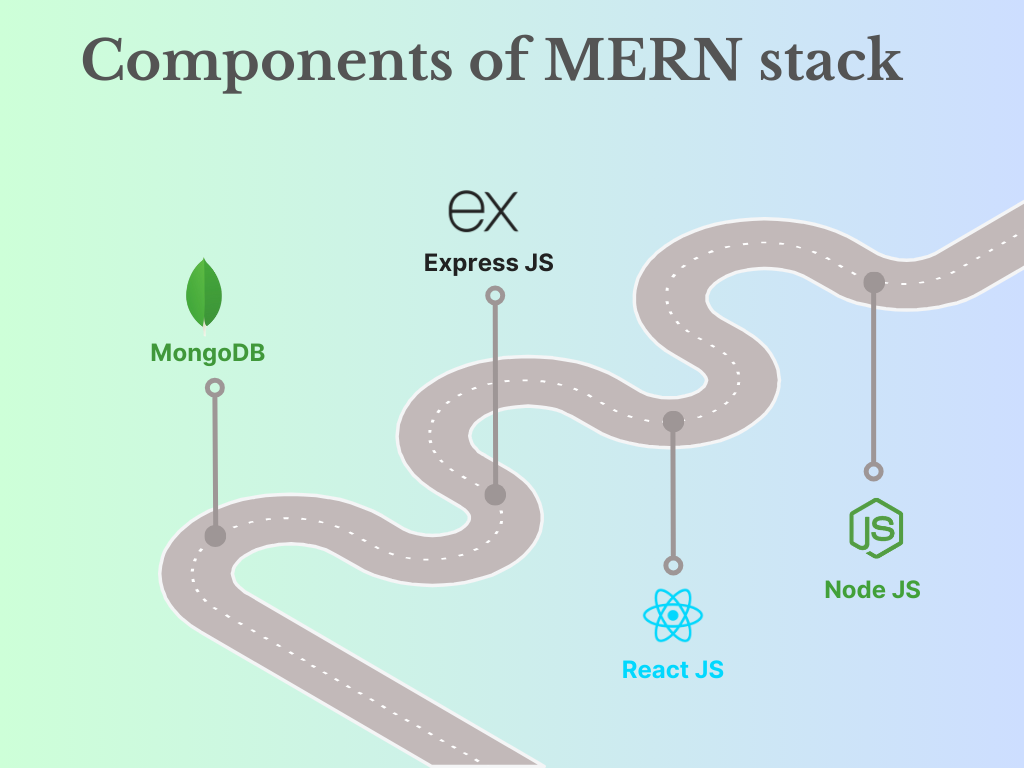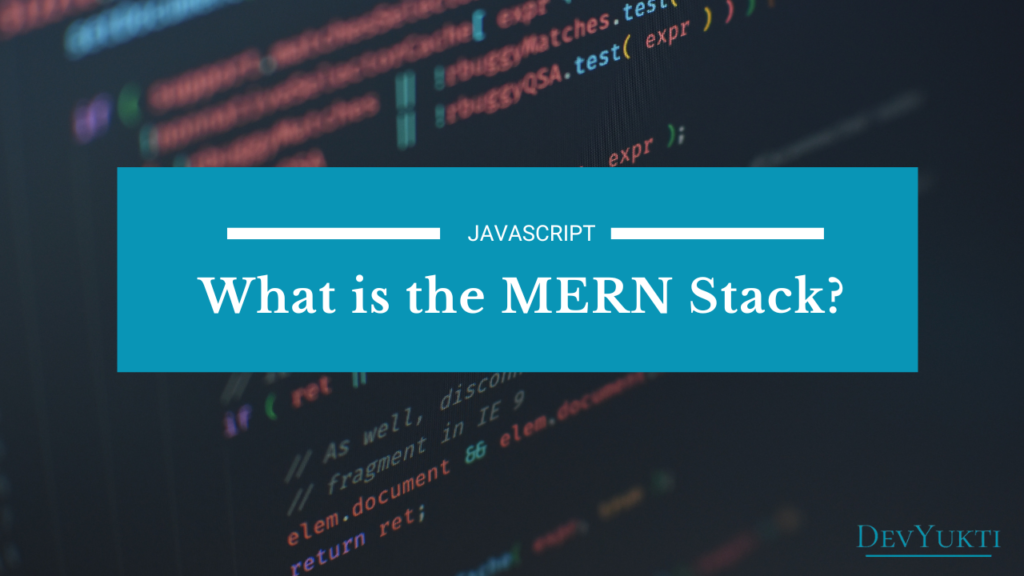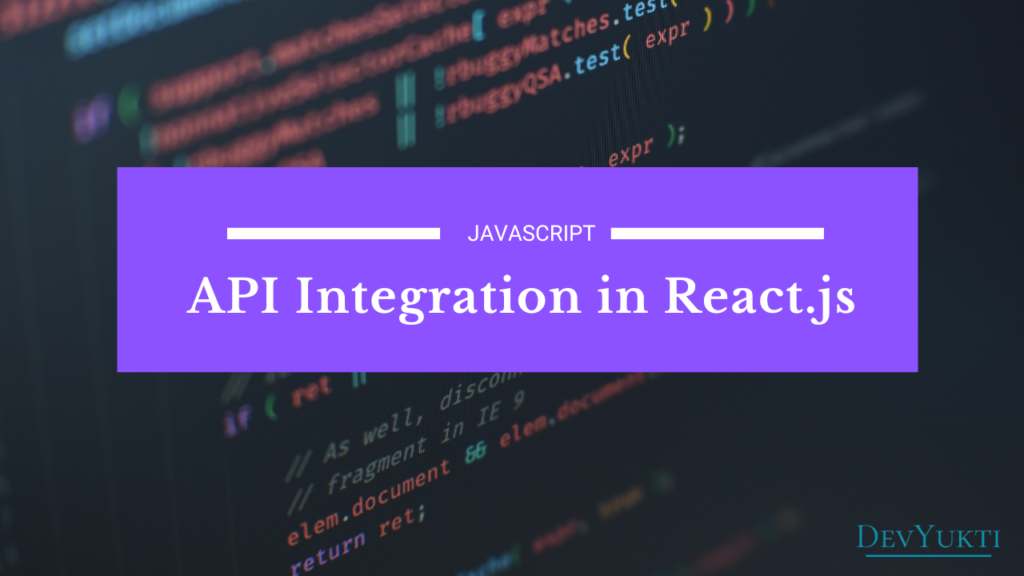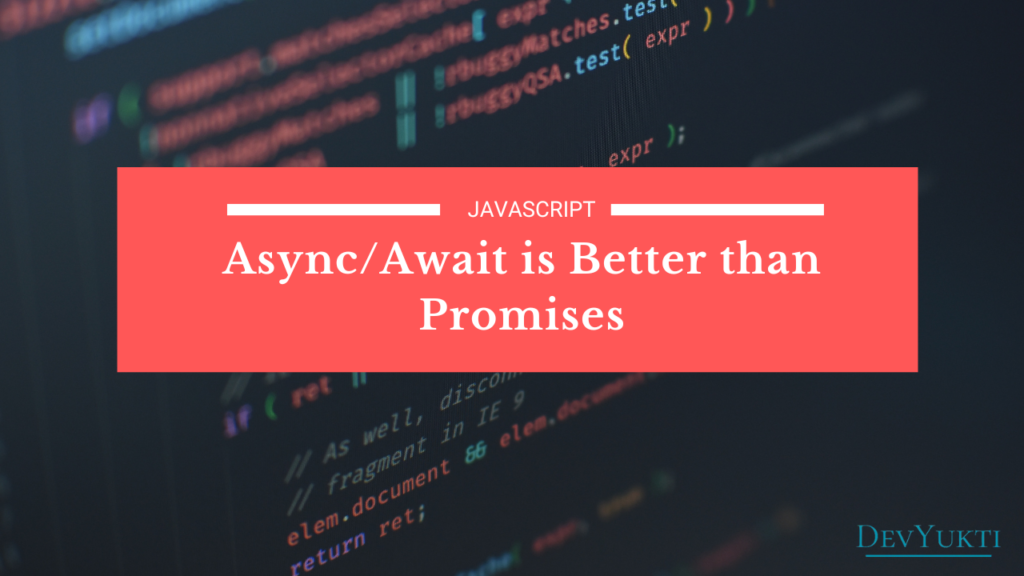The MERN stack is a powerful combination of four popular technologies—MongoDB, Express.js, React.js, and Node.js—used to build full-stack web applications. The stack is particularly attractive to developers because it allows you to build web applications using JavaScript across both the frontend and backend. This makes it an ideal choice for developers looking to create modern, responsive web applications in a seamless environment. In this guide, we will explore what is MERN Stack and its benefits.
In this complete guide, we’ll dive deep into what the MERN stack is, how each technology in the stack works, and why it’s an excellent choice for beginners and professionals alike.
What is the MERN Stack?
The MERN stack is a JavaScript-based framework designed for developing web applications. It consists of the following components:
- MongoDB: A NoSQL database that stores data in JSON-like documents. Developers know MongoDB for its flexibility and scalability, making it ideal for handling large amounts of unstructured data.
- Express.js: A web application framework for Node.js that simplifies the process of building server-side applications. It provides powerful tools for handling HTTP requests, middleware, and routing.
- React.js: A frontend library developed by Facebook for building user interfaces. React allows you to create dynamic, interactive web pages with reusable components, making it easier to manage complex UI logic.
- Node.js: A JavaScript runtime environment that enables server-side development. With Node.js, you can run JavaScript code on the server, allowing seamless communication between the backend and frontend.
Together, these technologies form a complete, end-to-end stack that allows developers to build full-stack web applications with a unified language: JavaScript.

How Each Part of the MERN Stack Works
1. MongoDB
MongoDB is the database component of the MERN stack. Instead of traditional rows and columns, MongoDB stores data as documents in a flexible, JSON-like format called BSON (Binary JSON). This flexibility allows you to quickly adapt your database as your application grows.
Learn about MongoDB Atlas for database hosting.
Why MongoDB?
- Flexible schema: MongoDB is a NoSQL database, which means it does not rely on a predefined schema. This makes it highly flexible and adaptable to changes in your data structure.
- Scalability: MongoDB can handle large amounts of data, making it suitable for enterprise-level applications.
2. Express.js
Express is a lightweight framework that runs on top of Node.js and simplifies the process of building web servers and APIs, handling HTTP requests, and managing application logic.
Why Express.js?
- Simplified routing: Express makes it easy to handle routing in your application, allowing you to map URLs to specific server-side functions.
- Middleware: Express offers a powerful middleware system that lets you customize how requests and responses are handled.
3. React.js
React is the frontend library that lets developers create the user interface. It helps developers build dynamic, interactive web pages with reusable components, making it easier to manage complex UI logic.
Why React.js?
- Component-based architecture: React allows you to build encapsulated components that manage their own state, making your code more modular and easier to maintain.
- Efficient rendering: React’s virtual DOM minimizes costly updates to the actual DOM, making your web application fast and responsive.
4. Node.js
Node.js is the server-side platform that enables developers to execute JavaScript code on the backend. With Node.js, developers can handle server-side logic, interact with databases, and communicate with frontend components built with React.
Why Node.js?
- JavaScript everywhere: Since both the frontend and backend use JavaScript, developers can use a single language across the entire application.
- High performance: Node.js is known for its non-blocking, event-driven architecture, which makes it highly efficient and capable of handling many requests at once.
Benefits of Using the MERN Stack
- Single Language: One of the biggest advantages of the MERN stack is that it allows developers to use JavaScript throughout the entire development process. This simplifies the development workflow and eliminates the need to switch between languages.
- Open Source and Free: All components of the MERN stack are open-source and boast large communities that provide regular updates and support. This creates a wealth of documentation and resources for developers at all levels.
- Full-Stack Development: MERN allows developers to handle both frontend and backend development, giving them complete control over the application and how different parts of it interact with one another.
- Scalability: MongoDB and Node.js are both designed to handle large-scale applications, making the MERN stack a great choice for applications that expect to grow over time.
Building a Simple MERN Stack Application
To build a simple MERN stack application, follow these steps:
- Frontend: Use React.js to build the user interface, handling user input, and rendering data fetched from the backend.
- Backend: Use Node.js and Express.js to set up the server and APIs. These will manage requests from the frontend and interact with the database.
- Database: Use MongoDB to store data such as user details, products, or any information your application needs.
- Deployment: Once your application is built, deploy it using cloud services like Heroku or AWS to make it accessible online.
Frequently Asked Questions (FAQs)
Q1: What is the MERN stack used for?
Developers use the MERN stack to build full-stack web applications with JavaScript across the frontend and backend. It remains popular for developing dynamic, interactive web applications.
Q2: Is the MERN stack beginner-friendly?
Yes, the MERN stack is beginner-friendly because all the components are based on JavaScript. There are also a wealth of resources and tutorials available online for learning. Explore this guide for beginners to learn more.
Q3: How is MERN different from MEAN?
The difference between MERN and MEAN is in the frontend framework. MERN uses React.js for the frontend, while MEAN uses Angular.js.
Q4: Is MERN suitable for large applications?
Yes, the MERN stack is scalable and is often used in large-scale applications. MongoDB and Node.js are capable of handling significant amounts of data and traffic.
Q5: How do I get started with MERN stack development?
To get started, you’ll need to learn JavaScript and gain a basic understanding of each technology: MongoDB, Express.js, React.js, and Node.js. There are many online tutorials and courses available.
Conclusion
The MERN stack is a powerful and flexible combination of technologies that allows developers to build full-stack web applications using JavaScript. Whether you’re a beginner or an experienced developer, the MERN stack offers everything you need to create dynamic, scalable web applications.
By leveraging the power of MongoDB, Express.js, React.js, and Node.js, you can build robust, high-performing applications that handle both the frontend and backend with ease.


